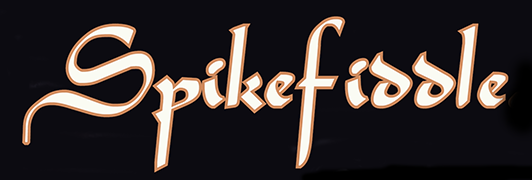Nak Tarhu
Nak Tarhu - 2006
Background
The nak tarhu was the result of ongoing collaboration with Ross Daly. Its immediate predecessor was the lyra tarhu made in 2002 which was a small instrument with 3 playing strings and 9 sympathetic strings. After playing the lyra tarhu for several years, Daly requested a further development of the lyra tarhu layout - 5 playing strings, larger body and more/longer sympathetic strings. The double head design required to realise these requests was inspired by the Baroque continuo lute, the theorbo (of which Peter Biffin had made many variations during the 1980s/90s).
Name
While the lyra tarhu was a significant inspiration in the nak tarhu’s creation, it was conceived as having a broader reach than just the music of the Eastern Mediterranean connected with the lyra. When time came to choose a name for the new instrument, a term was sought that would describe the essence of its playing technique rather than connecting it to an existing instrument and its culture. The Hindi word for fingernail is nakh – this was chosen to reflect that it is a tarhu designed to be played by the fingernails of the left hand, with access to a wide variety of musical styles. Instruments using this technique include the lyra from Crete, gadulka from Bulgaria, classic kemence from Turkey, sarinda and sarangi from the Indian sub-continent.
Setup
Nak tarhus have been made with vibrating string-lengths of either 290mm (lyra string-length) or 400mm (sarangi string-length). 12 sympathetic strings tuned at the second pegbox have been used consistently since the instrument’s creation. The open string pitch-range of the 5 main playing strings is essentially that of a viola with an added D string on top.
Strings
Several stringing options exist, depending on musical requirements/preferences. These include cello strings, horse-hair style strings made from hair or nylon and horse-hair style strings made from metal.

